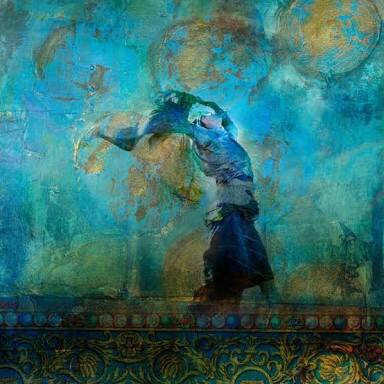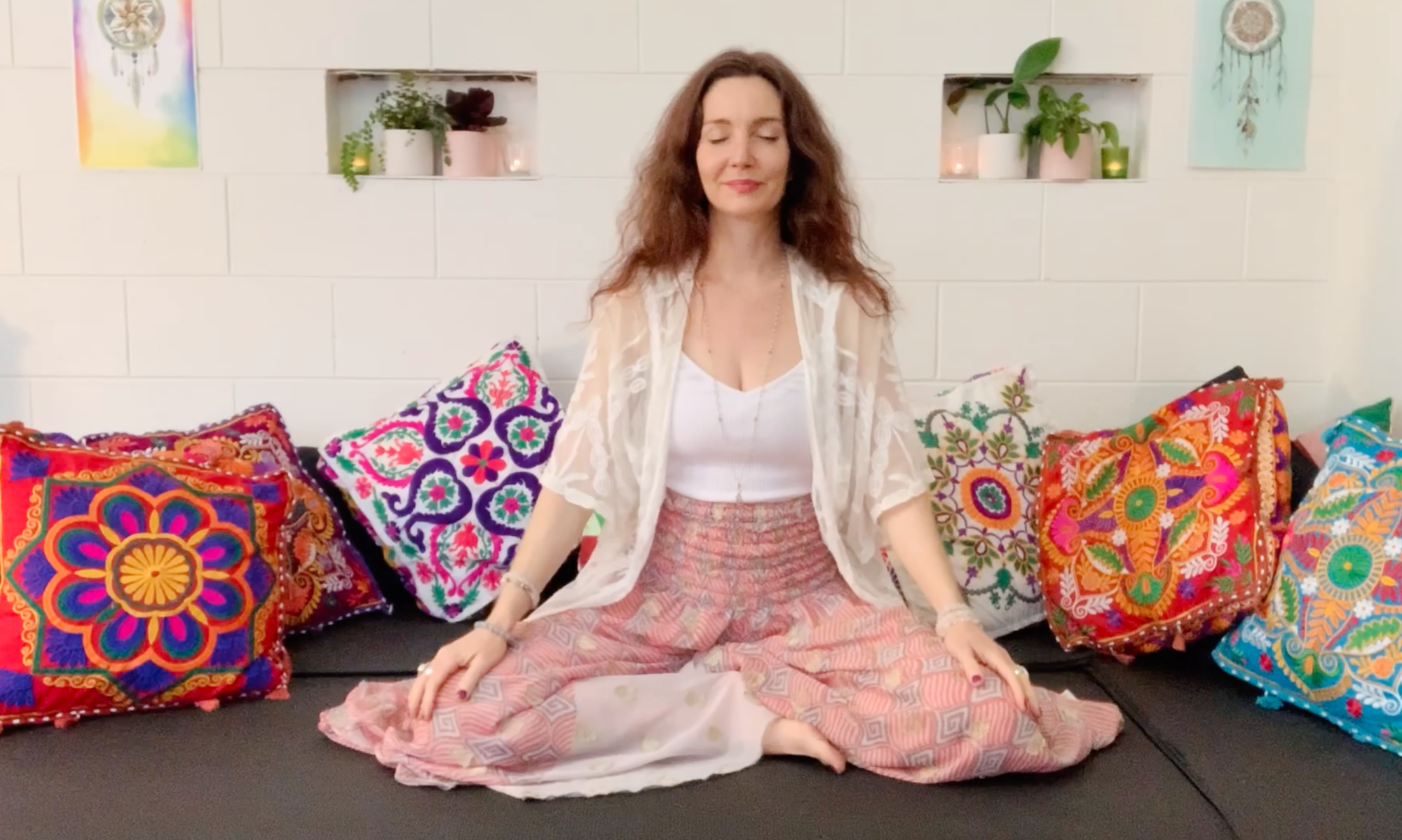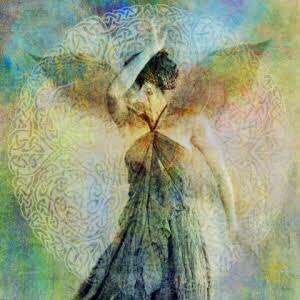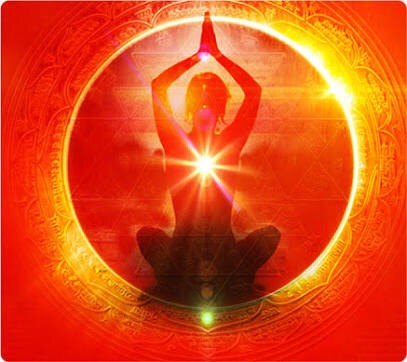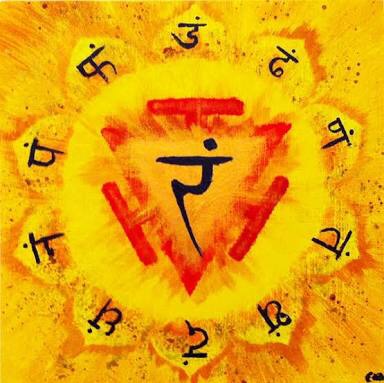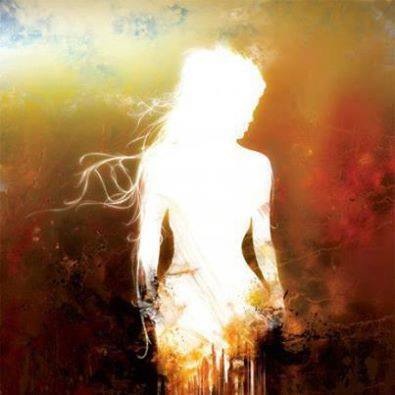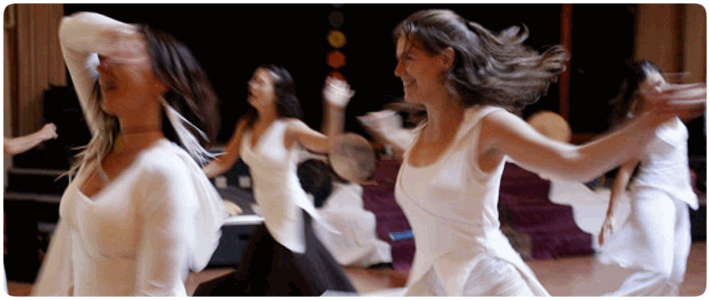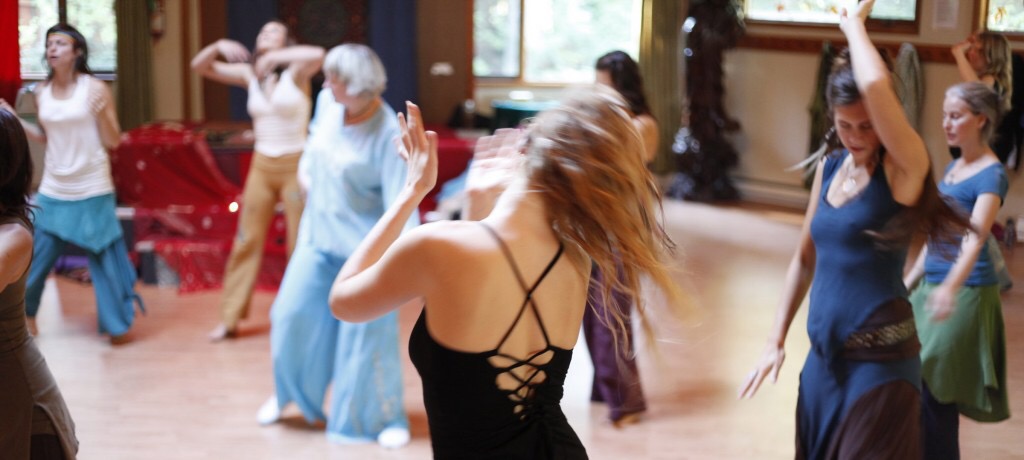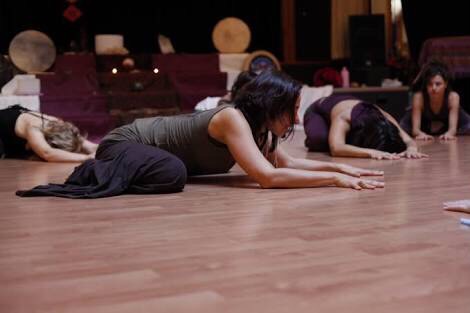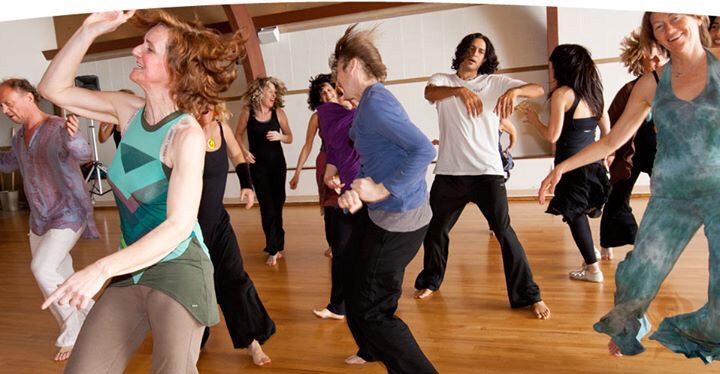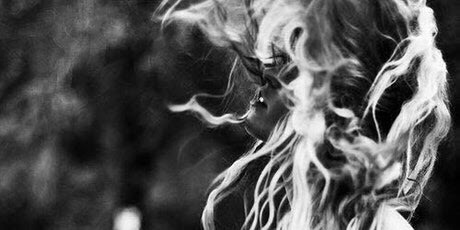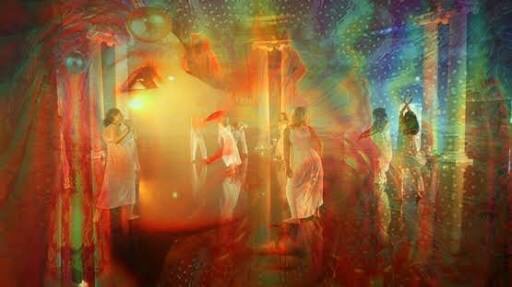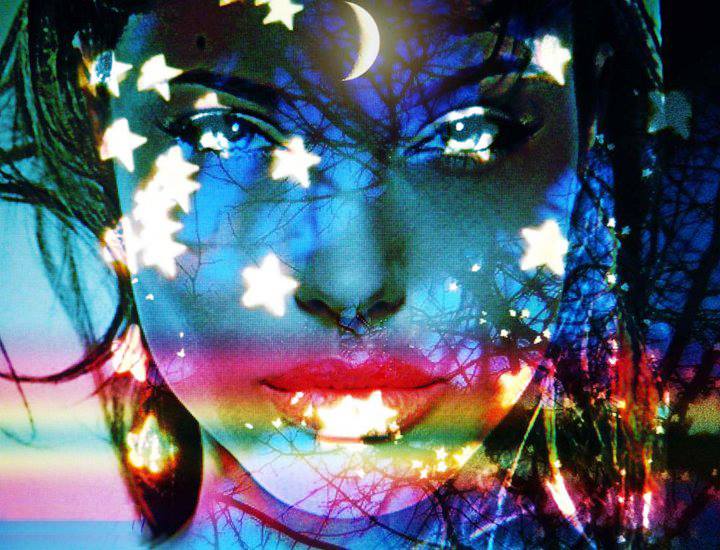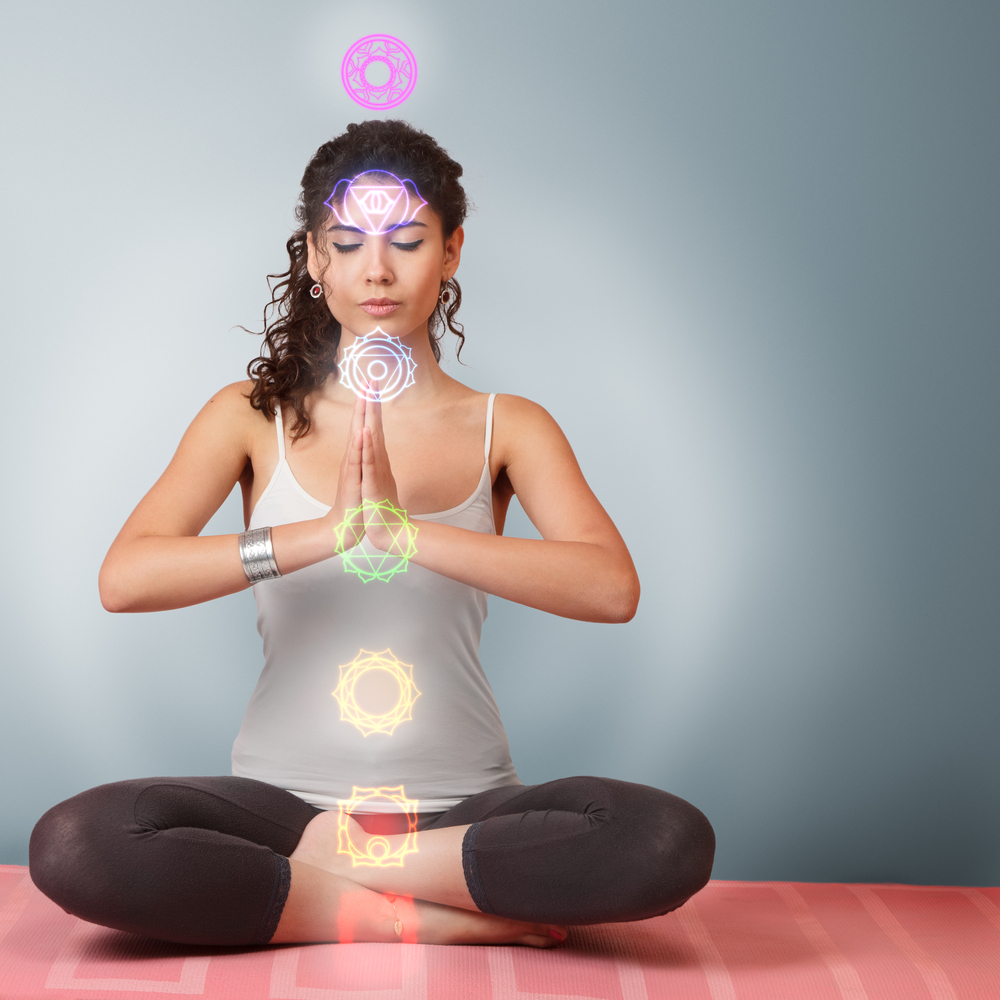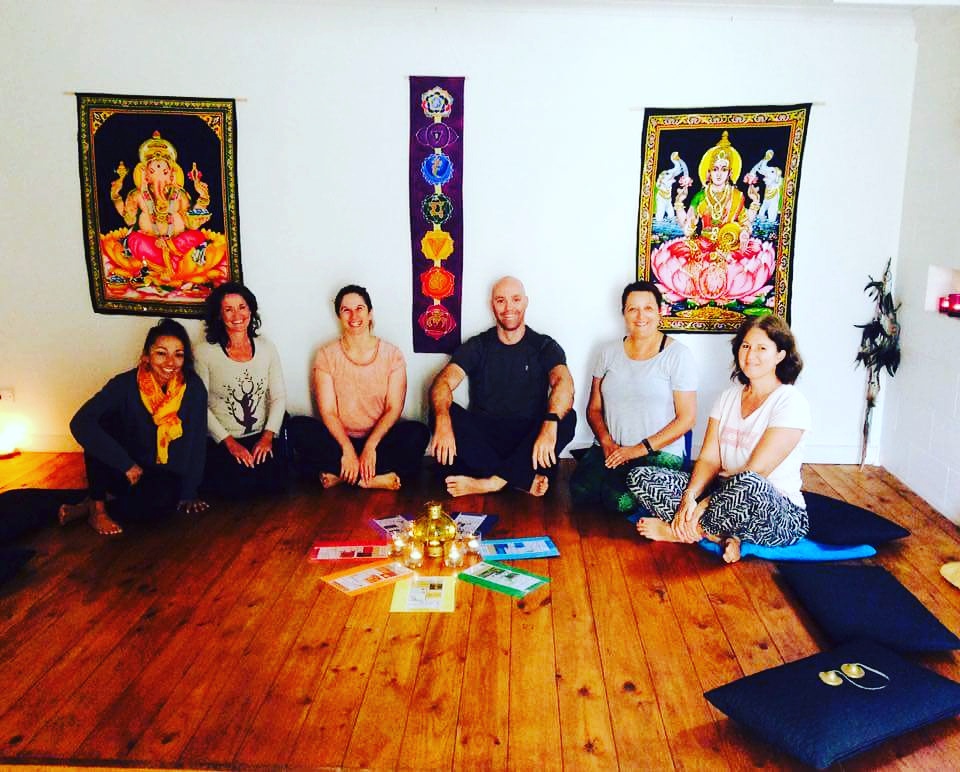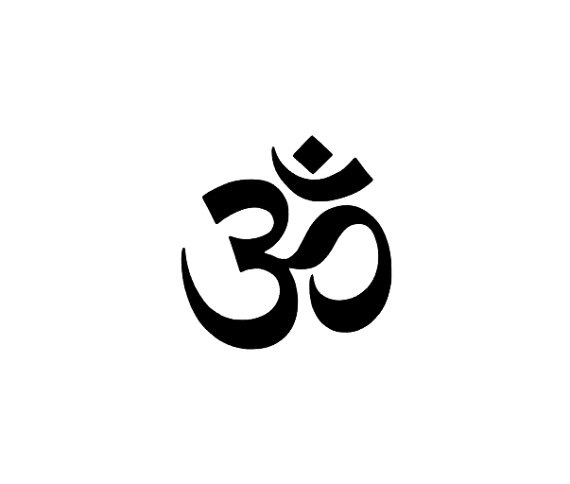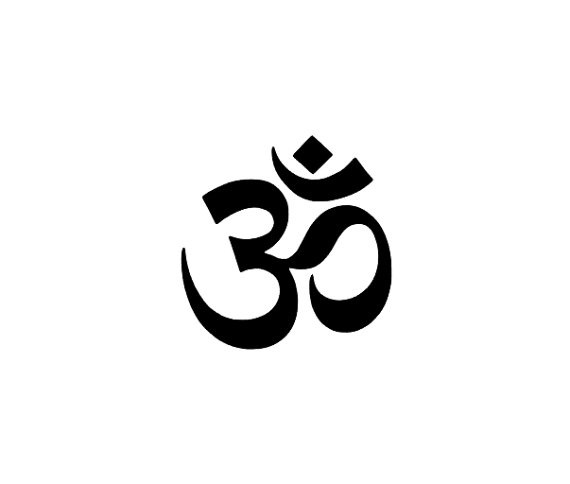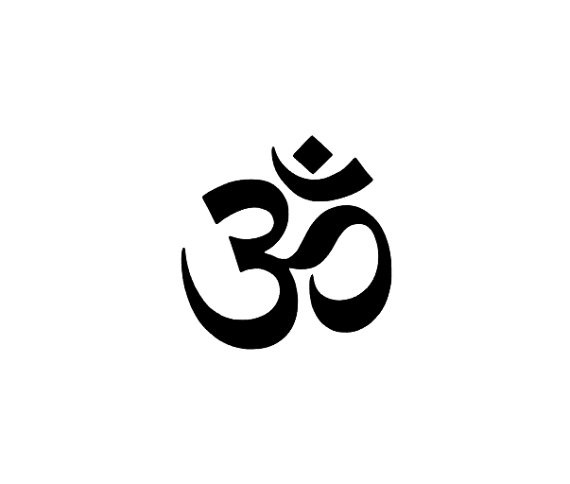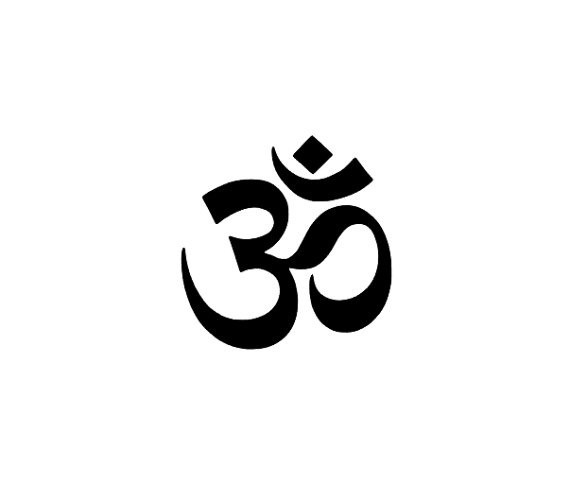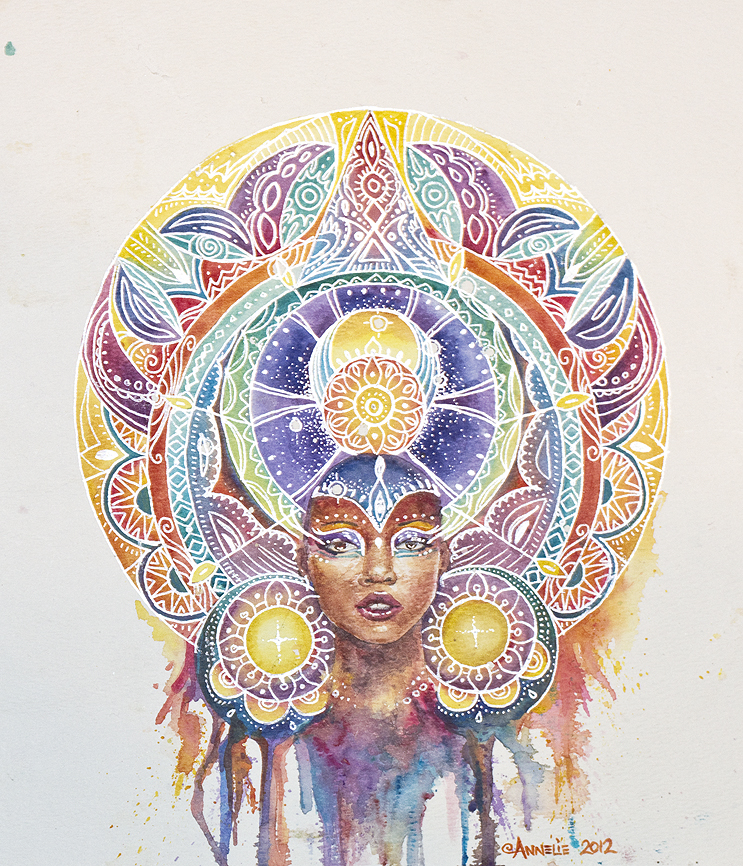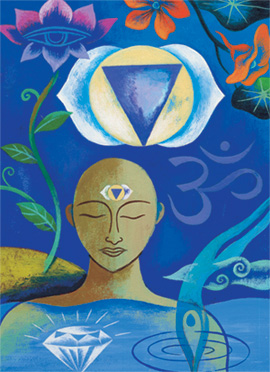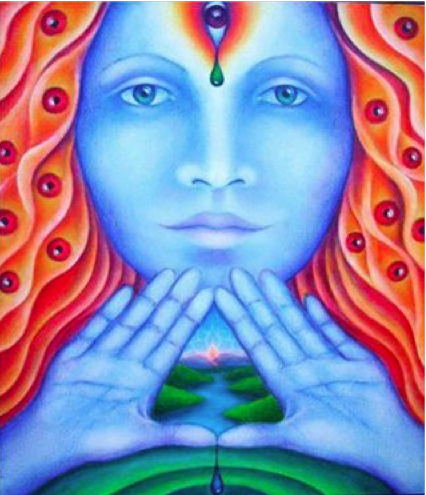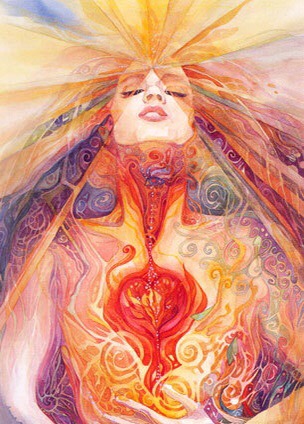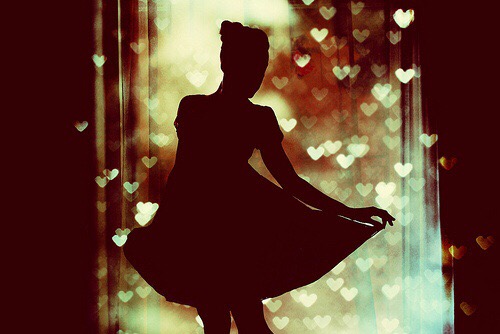
The self of my dreams came the day I found out that there was gold hidden in my darkness, that there was light shining in my bad behaviour, and that there was power hidden in the traumas of my past. Debbie Ford
Chakradance is a journey within. Using the chakra system as a map to consciousness, we dance beyond the everyday, five sensory awareness into a deeper experience of ourselves. This allows us to move through the issues that may be causing us difficulties in life, and to find a sense of inner peace.
One of the less obvious influences on Chakradance, often overshadowed by the more apparent influences of the Hindu-Tantric chakra system and shamanic trance-dance practices, is Jungian psychology.
While the Chakradance facilitator is all too aware that his or her role is to ‘hold space’ for the experiences of the dancers, a very Jungian concept, as is the use of mandala art to ‘contain’ the numinous experiences and energy of the dance. These Jungian aspects are often not obvious to the dancer.
I often refer to Jungian archteypes that people may encounter in their dance journeys, these will often manifest as visions of scenes that play out as interactions between archetypes like mother and victim, warrior and servant.
The experience of Chakradance is described like a ‘waking dream’ where the dancer lets go of their conscious, thinking mind and allows the unconscious mind to communicate through images, feelings, colours and insights.
Chakradance is a way to interact with our shadow, a Jungian concept for the aspects of self that we are either unaware of or actively suppress because we are ashamed of that aspect of ourselves.
Chakradance is a journey within. Using the chakra system as a map to consciousness, we dance beyond the everyday, five sensory awareness into a deeper experience of ourselves. With our eyes closed and our imagination as a guide, during Chakradance we experience our inner world as a waking dream. Many people see visions in their mind’s eye, encounter beings, ancestors, animals, different landscapes which all tell a story about the disposition of our inner self.
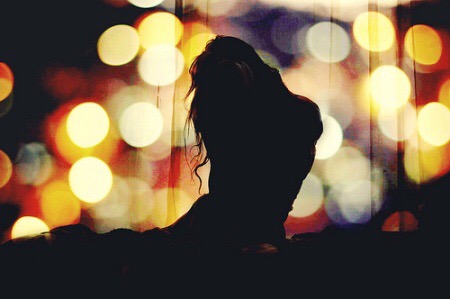
In the new Chakradance cycle, called Freedom, we have a different guide for each chakra who takes us on this journey. But I have found many people intuitively find their own guides in the dance as well, be they humans, ethereal beings or animals.
After participating in a Chakradance cycle, many people are surprised at the visions and experiences, not to mention the insights and transformations in their real lives, that they encounter.
It is so astonishing to uncover this unconscious aspect of ourselves, and to realise our conscious, day to day self is like the tip of the iceberg in terms of the multitudes we all contain.
So when we immerse ourselves into the sound and movement of chakradance, what will often arise is aspects of ourselves that we have not been aware of. This can be visions, emotions or insights that are experienced in a loving and beautiful way. Sometimes we are ready to shift and release less attractive aspects of ourselves. These might be long buried memories, strong emotions, or even aspects portrayed as creatures who come out of our subconscious dark zones.
Like a deep-water diver, encountering sharks or other prehistoric and primal creatures that we may be afraid of, our first reaction to these is often fear or repulsion.
So what is this shadow? And why do we have it. And yes, you do.
Renowned psychologist Carl Jung believed that on the journey to discover your inner secrets and mysteries, you will encounter the dark, hidden crevices within your psyche. He called this place the “shadow self.” It is also called the lower self, animal nature, the alter ego, or the inner demon – the place where the unowned side of your personality lives.
The shadow is the parts of ourselves that we may try to hide or deny. According to Carl Jung, it can be said to consist of energy patterns, known as selves or sub-personalities that were disowned — pushed down into our unconscious in childhood, as part of our coping strategies.
Jung created the Archetypes model, a concept to describe how our unconscious minds are fragmented or structured into different “selves” in an attempt to organize how we experience different things in life.
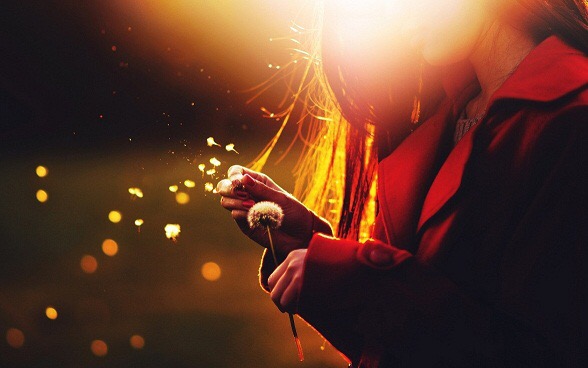
Your shadow self is the part of you that stays unknown, unexamined, and out of the light of your conscious awareness. It is the part that is denied or suppressed because it makes you uncomfortable or afraid. Whatever doesn’t fit your image of your ideal self becomes your shadow.
Jung asked, “Would you rather be good or whole?” Many people choose goodness, or more accurately ‘correctness’ as a means to belong in society, and as a result, are internally fractured. There is your persona, the part you want the world to see, and your shadow, the part that you don’t.
When I found myself at a rock bottom, crashed and burned emotionally, mentally, physically and spiritually not long after my fortieth birthday, I was searching for answers.
When I stumbled upon Chakradance, something lit up inside of me. Here was the best of the New Age. A practice that combined ancient wisdom with modern psychology. It drew upon the Chakra system, shamanic dance and Jungian psychology. All practices which resonated with me.
And best of all, it was music and dance! I had always found great freedom and liberation from my difficulties by pumping up the stereo and dancing myself silly. Chakradance gave me a framework to use this for my healing.
Any practice which takes us out of the conscious mind and engages with the unconscious, be it dance, creating art or music, meditation, immersing ourselves in nature, will help this more primal side of ourselves to emerge.
In Chakradance we dance into our unconscious, and then we create a mandala drawing so we can express all this beautiful untapped energy, and all the powerful images we encounter which help us to recognise these hidden parts of ourselves.
Because the shadow is often made up of primal instincts and urges we have repressed, as well as tribal and ancestral traits we have rebelled against, I feel that the base chakra is particularly relevant to this work.
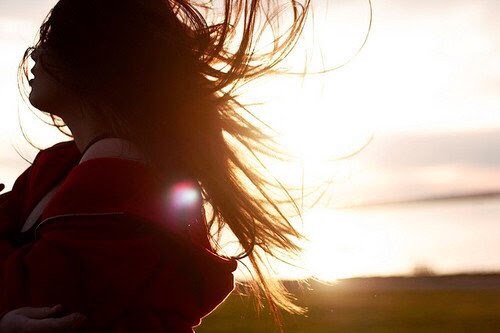
When my shadow self seems to be bursting out causing me to act, think and feel in ways I find very overwhelming and challenging, I have this beautiful practice of Chakradance to ease me back into my body, to help me integrate all these aspects of self.
Chakradance is gentle like that, it doesn’t force things to come up in the psyche, Jung believed that could be counter-productive. But when stuff is ready, it rises, and it feels so good to be able to dance through and integrate my shadow work.
In the base Chakradance we connect with our power animal. Dancing our power animal is one of the most powerful shamanic practices to revitalise and strengthen our spirit. Each animal brings its own strength, wisdom or medicine, and a connection to our primal, instinctual nature.
Through Chakradance, I have found peace with myself again. And beyond that, these angry and hurt ‘shadow’ parts of myself actually taught me a lesson or two about how I could be kinder and support myself better in my life.
In India, the Hindus practise Aarti, which literally means an illuminating light in the darkness. I believe by bringing the light of awareness onto our shadow we can find gold there. Don’t throw away the treasure in your cave because you’re scared of the dark – light a candle and see the gold in there.
Hari om tat sat. Namaste. Blessings.
Christina at Raw Mojo
ॐ
Try Chakradance – Rhythm for your soul
